الاختبار السريع
The APB Fast Test has been designed for a quick and easy detection of acid producing bacteria. This test is very useful when there is not a lot of sample to work with (for example: water dripping from a pipe, signs of rust from a metallic or concrete structure, among others), or when the conditions are not the best for a more elaborated test. The APB Fast Test has all the same nutrients and color-change indicators as regular PRD, but it also contains agar which makes it solid. The proper way to use this media is by using a cotton swab dipped in a potential bacterial sample and inserting it into the solid media. The media will start turning yellow if acid producing bacteria are present. Depending on the area inside the vial that changes first from red to yellow, it can be inferred how aerobic, facultative, or anaerobic those acid producing bacteria are. In less than 24 hours the media will provide an answer to whether or not there are acid producing bacteria in your sample.
Frequently Asked Questions
1-Can I use this media to find out an approximated concentration of bacteria in my sample?
No, sadly this media cannot be used for serial dilutions due to its solid nature. It can only provide a quick answer of whether or not there are acid producing bacteria in a given sample. If there is a need to quantify or approximate bacterial concentrations, it is always better to use PRD or AnPRD media and perform serial dilutions.
2- How should I store this media?
The best way to maintain this media viable for a longer period of time is by keeping it refrigerated (4°C). Due to its solid nature, it can also remain stable at room nature for a prolonged period of time, however, if the media is left unattended inside a truck or in a warehouse for days, it could to start degrading and losing its consistency.
3-What could be considered as false positive or contamination?
For this media, a false positive occurs when the media turns yellow as soon as the cotton swab is inserted. This means that the water is very acidic and there might be bacterial activity, but it’ll be very hard to determine just by using this media. Contaminants could potentially grow in this media due to its nutritious nature, but the media won’t turn yellow. However, there has been cases when the media turns yellow around big colonies that form on the surface of the media. When this happens, it is most likely due to fungal contamination that has the ability to turn the media acidic as well; however, it is very easy to spot fungal growth due to its bigger size, wide range of colors, and unusual forms.

